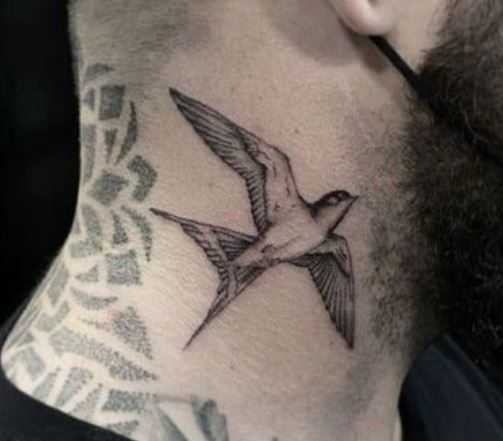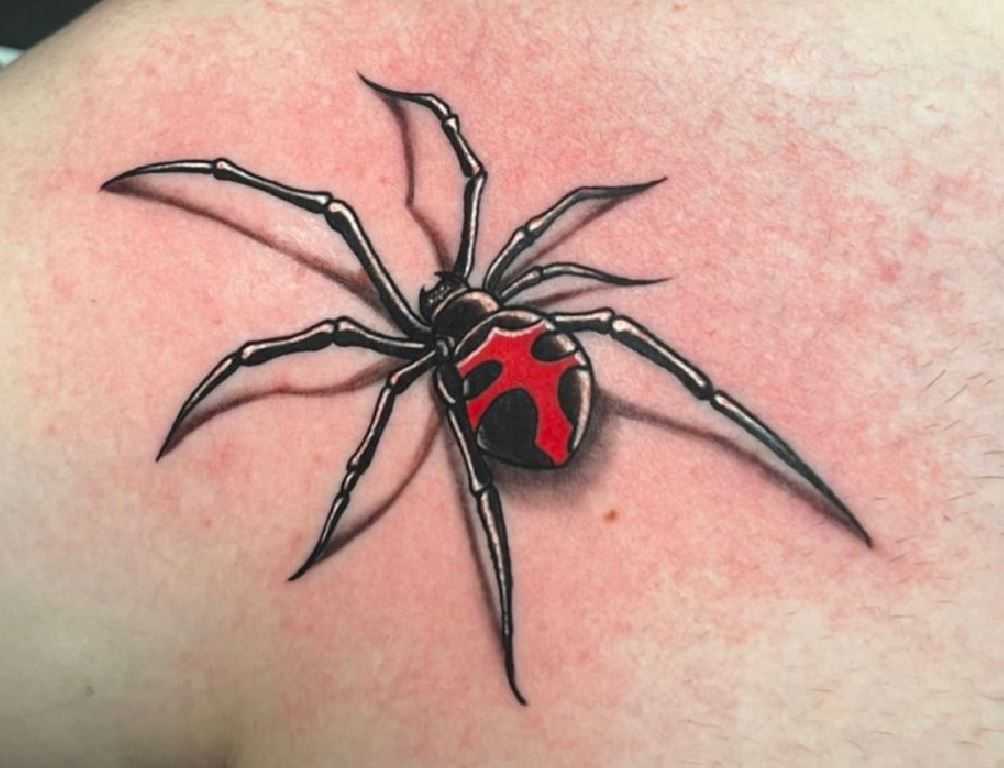A hummingbird tattoo represents the stunning beauty, boundless energy, and remarkable agility of one of nature’s tiniest and most colorful creatures. People are often captivated by the stunning beauty of its iridescent feathers, which can inspire a feeling of awe and admiration. This is why it is a commonly chosen design for tattoos. When you’re thinking about colors, it’s a good idea to choose ones that match the bird’s natural hues. Think about vibrant greens, radiant blues, deep purples, and fiery reds. The colors of these birds not only show off their natural beauty, but also look really striking against their skin. They look even more amazing when paired with contrasting shades or when they’re surrounded by flowers, which really highlights their connection to nature.
1. Best part of the body that can contain a Hummingbird tattoo:
The ideal placement for a hummingbird tattoo varies depending on what the person getting the tattoo likes and how big they want it to be. A small and delicate tattoo looks really beautiful on the wrist, ankle, or behind the ear. If you want to show off a larger design featuring a bird in flight or near blossoms, great spots to consider are the shoulder blade, forearm, thigh, or ribcage. These areas offer plenty of space to create a detailed depiction and capture the bird’s lively movements.
2. Why people should choose a Hummingbird tattoo:
There are many reasons why people love getting hummingbird tattoos. The bird is often seen as a symbol of joy, hope, love, and resilience. The swift movement and ability to hover of this creature symbolize the importance of living in the present, savoring every moment of life, and gracefully conquering challenges. In addition, the fact that it is associated with flowers suggests that it has a deep connection to nature and serves as a constant reminder of the beauty that we encounter every day. The hummingbird holds different meanings in various cultures. It is often seen as a messenger, a guardian, or even a symbol of resurrection. Choosing a hummingbird tattoo can symbolize a personal journey or serve as a reminder to live life with enthusiasm, optimism, and an appreciation for the temporary beauty that surrounds us.
3. How to take care of a Hummingbird tattoo:
Tattoo aftercare is essential to ensure the longevity of the design and to prevent infections. Here’s how you can take care of your hummingbird tattoo:
- Immediate Care: Once the tattoo is completed, the artist will typically cover it with a thin layer of ointment and a bandage or plastic wrap. Leave this covering on for a few hours, but not more than a day.
- Wash Gently: After removing the bandage, use lukewarm water and a gentle, fragrance-free soap to carefully cleanse the tattooed area. Avoid scrubbing. Pat dry with a soft cloth.
- Moisturize: Apply a thin layer of fragrance-free moisturizing lotion or a specialized tattoo aftercare product. This keeps the skin hydrated and promotes healing. Avoid products with alcohol, as they can dry out the tattoo.
- Avoid Sun Exposure: The sun’s UV rays can fade and damage a new tattoo. Ensure you keep it covered or use a high SPF sunscreen if it’s exposed to sunlight.
- Avoid Immersion: While showering is fine, avoid submerging your tattoo in water for prolonged periods. This means no swimming or soaking in bathtubs for the initial weeks.
- Don’t Pick or Scratch: As the tattoo heals, it might peel or become slightly itchy. Avoid scratching or picking at it, as this can pull out the ink and damage the design.
- Follow Artist’s Advice: Your tattoo artist might provide specific aftercare instructions. Always follow their guidance.
4. How to remove a Hummingbird tattoo:
Tattoo removal is a more complex and often more painful process than getting the tattoo itself. Here’s a general overview:
- Laser Removal: This is the most common and effective method. Lasers break down the ink particles in the skin, which are then naturally eliminated by the body. Multiple sessions are often required, especially for colorful tattoos like a hummingbird.
- Dermabrasion: This involves “sanding” away the top layer of skin to remove the tattoo. It can be painful and is less effective than laser removal.
- Surgical Excision: The tattooed area of the skin is cut out, and the surrounding skin is sewn back together. This method is more suited for smaller tattoos.
- Tattoo Removal Creams: There are various creams on the market that claim to fade tattoos. However, their efficacy is debated, and they are not as effective as other methods.
- Cover-Up Tattoo: Instead of removal, some choose to get another tattoo to cover up the original. This requires a skilled artist to effectively mask the old design.
For all tattoo removal methods, consulting a dermatologist or a professional specialized in tattoo removal is essential. There are risks involved, such as scarring, skin discoloration, and incomplete removal, so it’s crucial to understand the process and set realistic expectations.
Hummingbird tattoo on the hand/Arm
Number 1
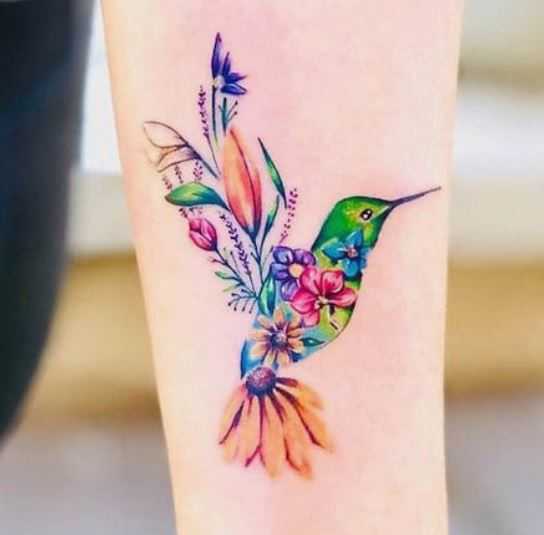
Number 2
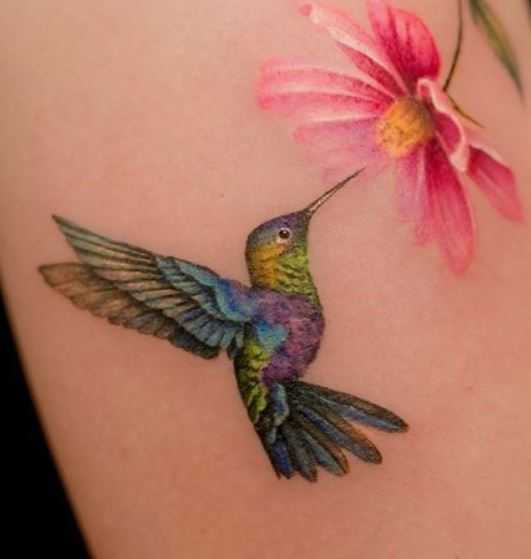
Number 3
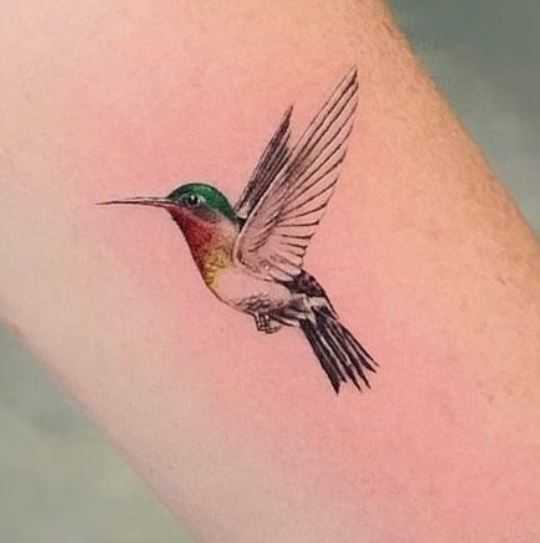
Number 4
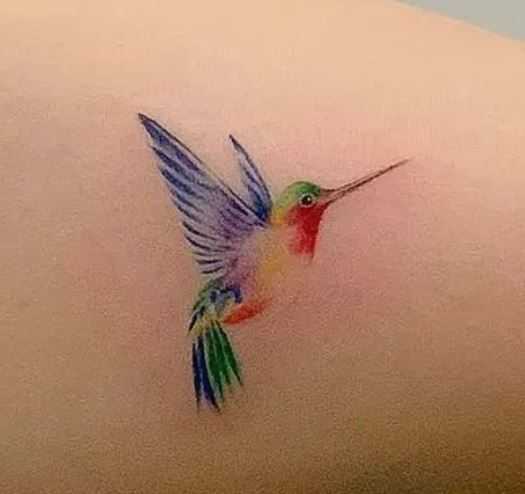
Number 5
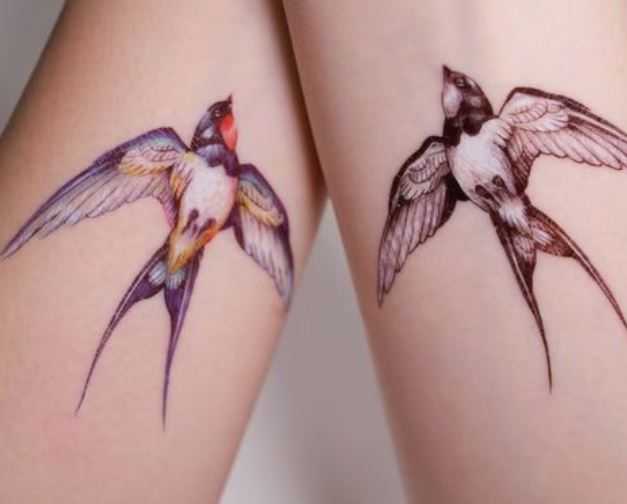
Hummingbird tattoo at the back
Number 6
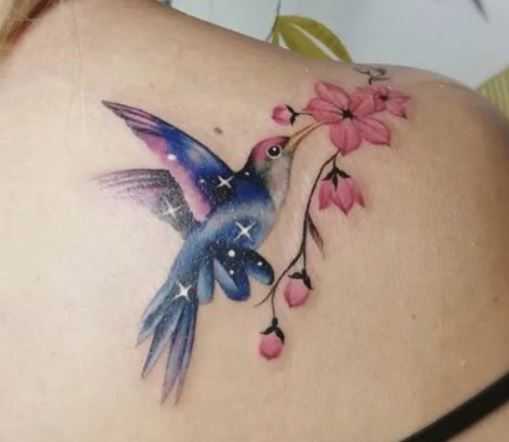
Number 7

Number 8
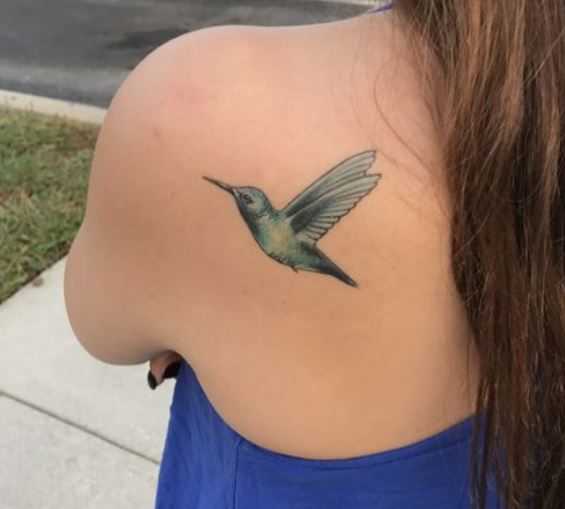
Number 9
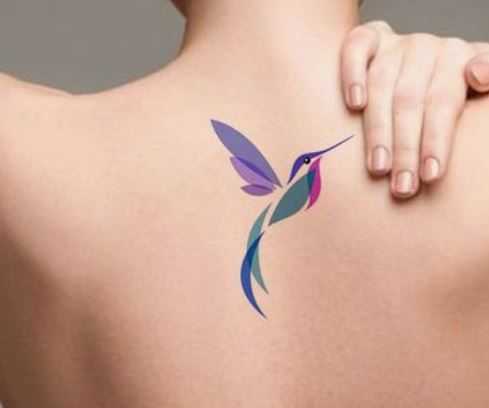
Number 10
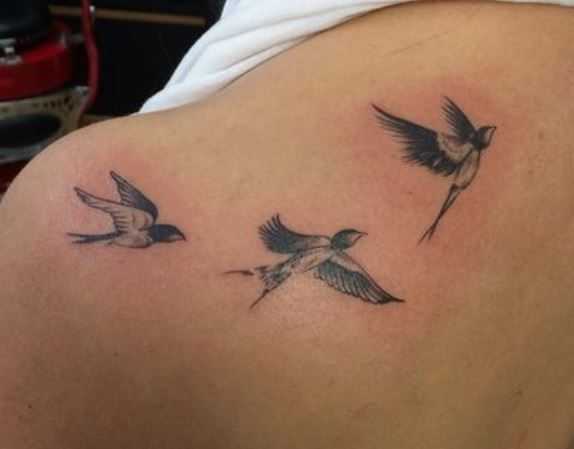
Hummingbird tattoo on the leg
Number 11
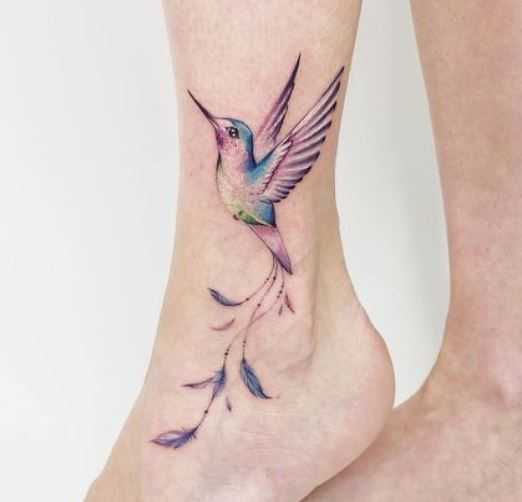
Number 12
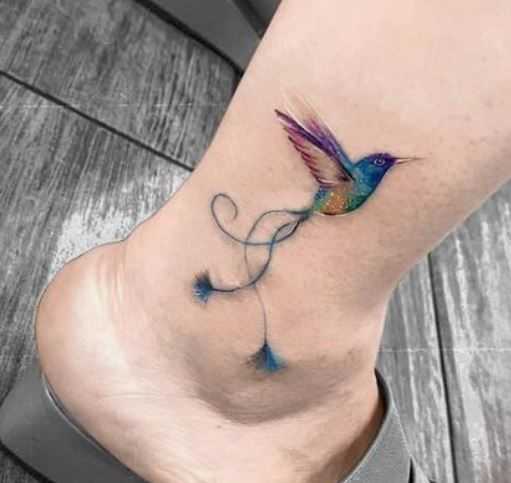
Number 13
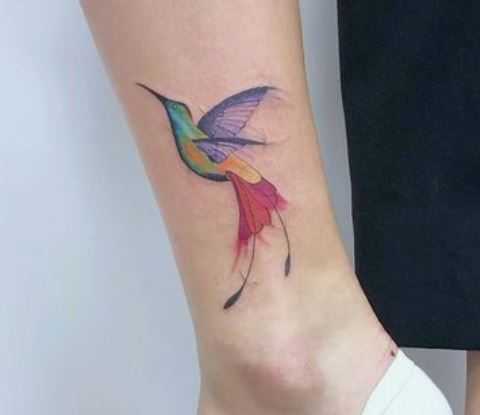
Number 14
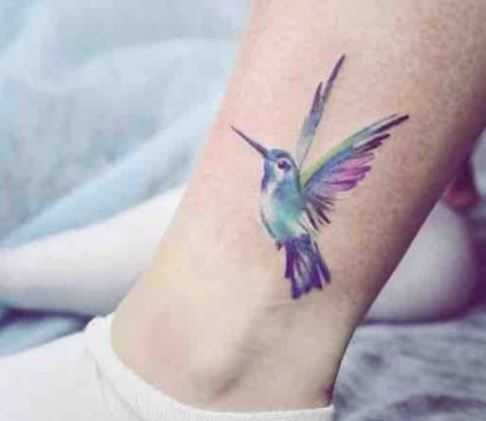
Number 15
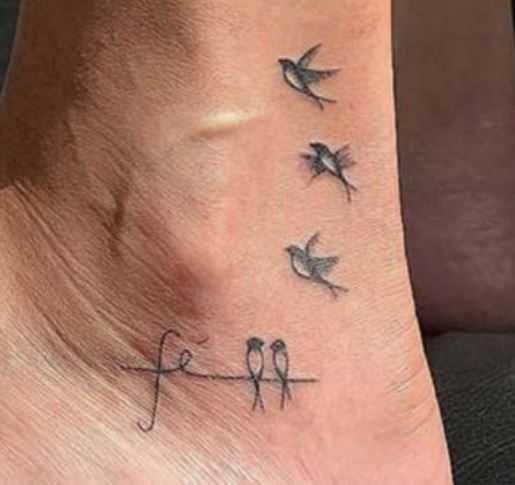
Hummingbird tattoo on the thigh
Number 16

Number 17
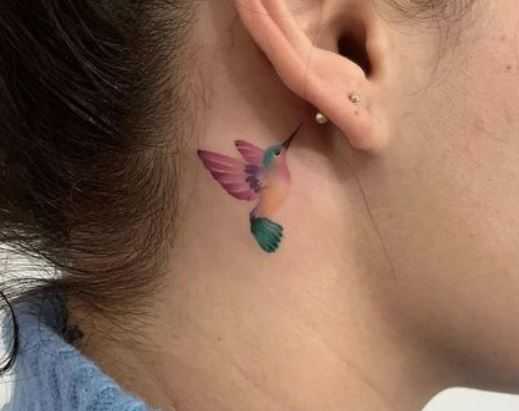
Number 18
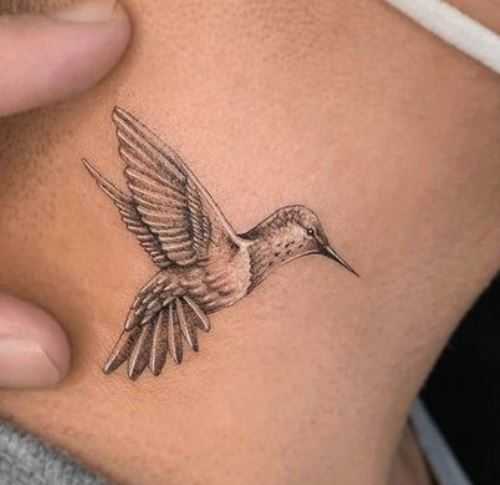
Number 19
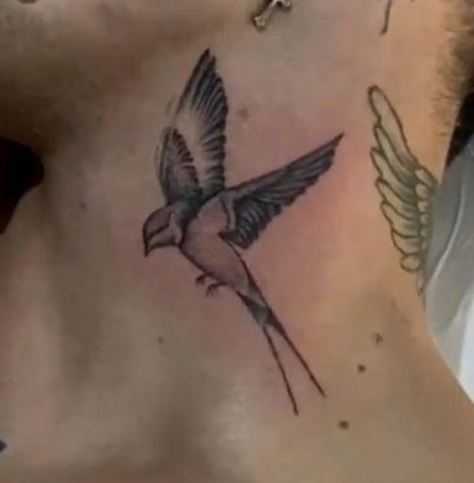
Number 20
